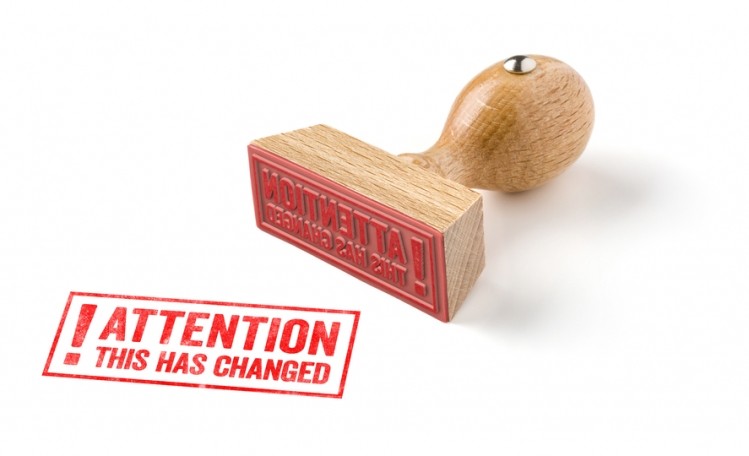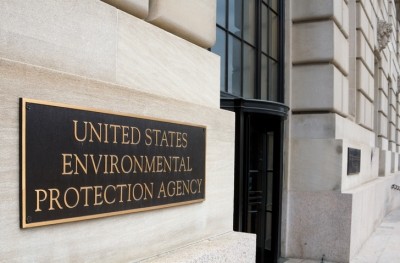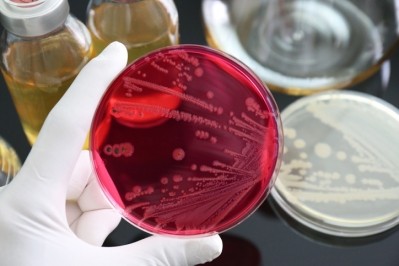EU committee votes against the use of formaldehyde as feed additive

A vote took place on the proposal during the Standing Committee on Plants, Animals, Food and Feed (SCOPAFF) meeting in Brussels today (20 December).
A spokesperson for the Commission told FeedNavigator there were 26 in favor of the proposal to deny, with one country against it and one that abstained from voting.
Next steps are translation, formal adoption by the Commission, and publication in the Official Journal of the EU, with entry into force 20 days later, she said.
The Commission’s draft regulation claimed the advantages of formaldehyde did not compensate for the inherent health risks for users handling the substance despite an EFSA opinion concluding the substance could be authorized as long as adequate control measures are implemented to limit the risks for workers.
Formaldehyde producer, Anitox, talked to this publication about the issue last March. The firm had asked the Commission to draft a 10-year authorization proposal for formaldehyde use in feed that referenced the most recent advice of the Scientific Committee on Occupational Exposure Limit (SCOEL), which evaluated worker risk from use of the chemical.
Reacting to the SCOPAFF opinion today, a spokesperson for Anitox, told this publication:
"Today’s vote implication is clear: science no longer rules in Europe.
"The EU Commission and member states have gone against scientific opinion, EFSA’s analysis, and the overwhelming view of stakeholders delivered in a public consultation. Following years of no decision, members states voted to make the file go away.
"This decision comes just one week after the European Centre of Disease Control (ECDC) released a report showing that the decade-long decline of Salmonella in Europe has officially halted. By removing the most effective method of containing Salmonella in feed for purely political reasons, the Commission is putting at risks the health of thousands of EU citizens."
Public consultation
Indeed, published comments from that public consultation on the EU Commission’s tabled proposal were generally supportive of keeping formaldehyde as a feed preservative, particularly for use in relation to Salmonella control.
“As a research scientist with 20 years of experience in the field of microbiology, it is my own view that any decision on formaldehyde approval should be based on considered scientific opinions from reputable institutes such as SCOEL and EFSA,” said one contributor.
The American Feed Industry Association (AFIA) also commented:
It said it urged the EU Commission “to provide authorization of formaldehyde for Salmonella control in swine and poultry feed. In 2014, EFSA concluded that formaldehyde’s use in pig and poultry feed does not have an adverse effect on animal health, consumer safety or the environment. This 2014 risk assessment concluded that feed authorization could be granted as long as adequate control measures are implemented to limit the risks for workers. The approval of formaldehyde in the US takes these measures into account and we believe could be a model for authorization in the EU.”
In addition, the Hungarian Grain and Feed Association, members of FEFAC, also weighed in:
“Using formaldehyde has been a very efficient tool to protect the food chain against Salmonella and different diseases. Until no other methodologies of same efficiency are available we do support the use of it in the feed and grain industry.”
A commentator from Finland said:
"National legislation in Finland demands that feed must be free from Salmonella bacteria. If salmonella contaminated feed material is found, formaldehyde treatment is needed. At this moment, there are no alternative treatments or chemicals for formaldehyde that would work as well. Formaldehyde treatments have been done in a closed system, in a controlled way and necessary safety measures have been carried out. Finland has fought successfully against salmonella for several decades. It is too risky to prohibit the use of formaldehyde before new efficient ways to protect consumers from salmonella entering the food chain will be found.”
Moreover, a UK poultry nutritionist was quite forceful in his call for Commission to continue to allow the use of the chemical in feed.
“At a time of increasing pressure on the industry from diminished antibiotic use (quite rightly, I might add, in my opinion), and reported rising incidences of pathogens such as Salmonella Spp., providing it is used correctly and in a manner that protects workers, I feel that it would be a grave mistake to remove a highly effective and useful tool in the our armory for safe and productive feed production.
“I therefore call upon the commission to take these points into consideration and to not push through a denial of authorization of Formaldehyde as a feed additive.”
Background
Following reclassification of formaldehyde from a biocide to a feed additive in 2013, the EC supported a re-authorization of the substance, already on the EU market for the past 20 years. Due to the failure of the EU-28 to agree on the re-authorization, approval expired in 2015.
This led countries like Poland to withdraw formaldehyde in animal feed from the market. Other countries, like Finland and the UK temporarily re-authorized formaldehyde in feed pending a decision at EU level.















